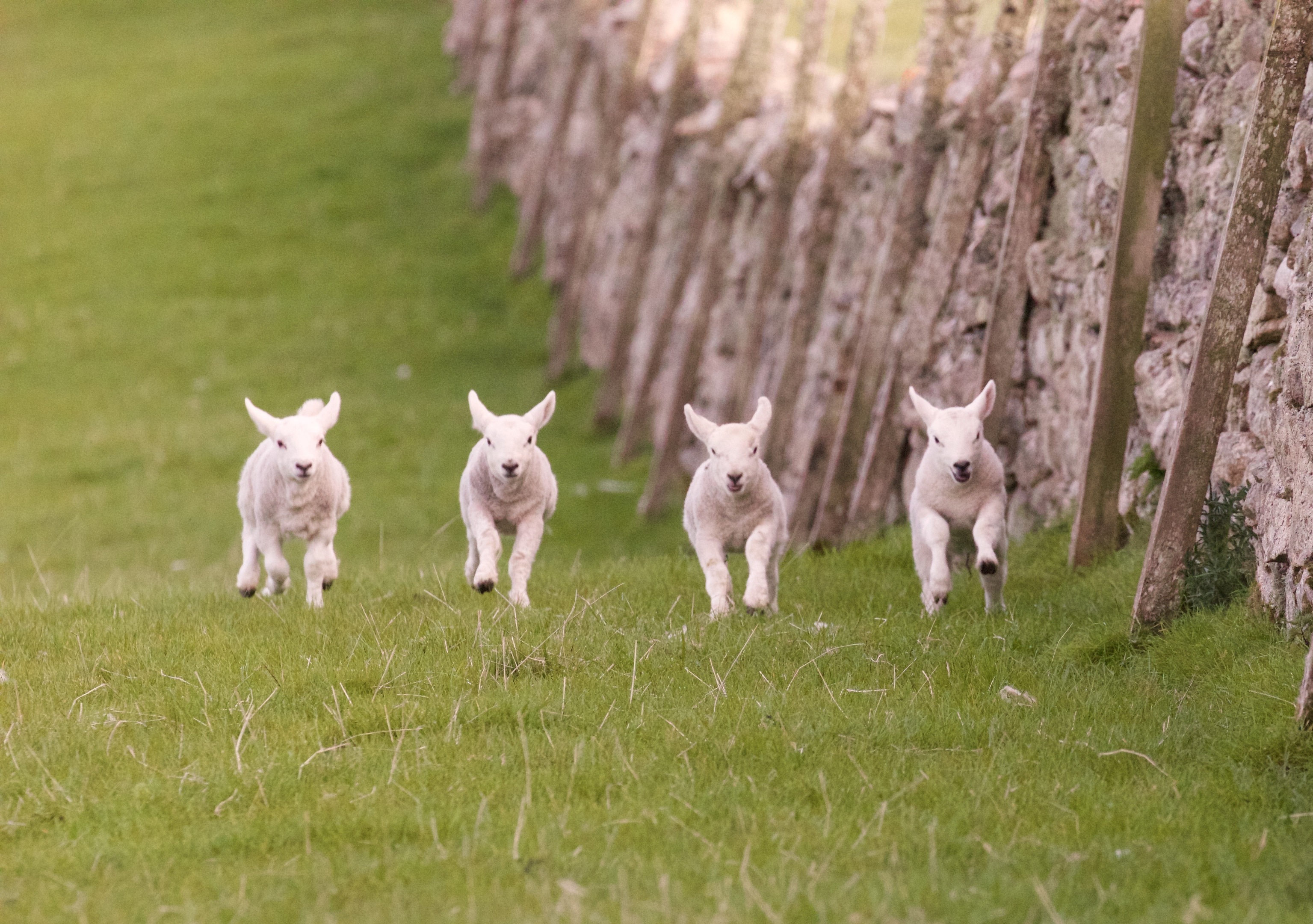Researchers at Scotland’s Rural College (SRUC) are about to apply for funding to tackle the endemic problem of ‘black loss’ on Scottish hill sheep farms.
Professor Davy McCracken, head of SRUC’s hill research farms near Crianlarich, said unaccountable losses of up to 40% of lambs on individual farms were regarded by some in the wider industry as a taboo subject.
“They think it sends too bad a message that farmers are suffering these levels of losses but producers want to know what is causing it and we want to investigate the problem,” he said.
On the SRUC’s own farms, which carry 1100 ewes, the fate of 35% of lambs on the high hill flock could not be accounted for last year.
Farm manager Ewan Campbell said a 35% black loss was “a good year”. He said he believed predation by badgers and eagles contributed to the loss which occurred between scanning and weaning, but added he had no clear evidence.
“There’s no obvious reason for them going, they just go. It’s something we need to look into,” he added.
Prof McCracken told farmers attending SRUC’s open day on the Kirkton and Auchtertyre units that he would be submitting an application for grant funding to investigate the issue within the next few weeks. Letters of support are being provided by the National Sheep Association (NSA), NFU Scotland and the Scottish Crofters Federation.
“Although all of us here know how big an issue it is we have to acknowledge that funders need to be convinced that it’s affecting the productive potential of farms and crofts and so is worthy of attention,” he said.
“Unless we address these levels of losses we can’t say to producers to put more lambs on the ground. We need to make more effective use of the lambs we’ve got or we’re just feeding unproductive sheep.”
He said farmers automatically blamed predators for the losses in the first instance but he said he wanted researchers to look at the performance of individual animals and record their weights and condition.
He added: “We want to find out which animals are losing lambs and when they’re lost. Is it the youngest or lightest animals, or those in poor condition?”
Prof McCracken said that in the two years he had been head of the hill research centre he had discovered a lack of appreciation of the wider issues affecting hill farming in Scotland.
“It brings home to me the need for the industry to speak with one voice,” he said.
“We need to keep hammering away at those who need to hear not only that there’s a number of challenges facing the industry, but also that there are opportunities and potential solutions to issues like livestock health and performance.”










